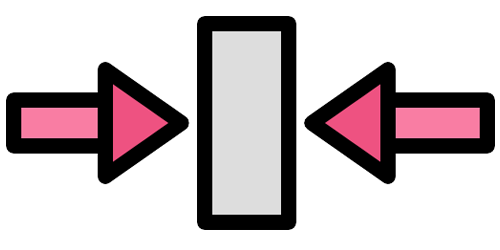Purpose
The purpose of this blog post is to provide an overview of Dependency Injection (DI) and Inversion of Control (IoC) in software development, explain their differences and similarities, and help readers understand how they can use them to improve the design and maintainability of their applications.
Background
In software development, managing dependencies is an important aspect of creating maintainable and testable code. Both DI and IoC are patterns that can be used to manage dependencies and improve the flexibility and maintainability of applications.
Problem statement
One common problem in software development is managing complex dependencies between objects and modules. If dependencies are not managed properly, it can be difficult to test and maintain the code, and changes to one module can have unintended consequences on other modules. This can lead to code that is hard to maintain, understand, and extend.
Possible solutions
Dependency Injection
DI is a technique for implementing IoC by injecting dependencies into objects, rather than creating or managing them within the object itself. This makes the dependencies explicit and testable, and it allows them to be easily replaced or updated without modifying the object itself.
Let's start with an example of Dependency Injection in C#. Suppose we have a simple application that needs to print a message to the console. We can create an interface IPrinter and an implementation of that interface ConsolePrinter as follows:
public interface IPrinter
{
void Print(string message);
}
public class ConsolePrinter : IPrinter
{
public void Print(string message)
{
Console.WriteLine(message);
}
}
We can then create a class MessageService that depends on an IPrinter, which is injected as a constructor argument:
public class MessageService
{
private readonly IPrinter _printer;
public MessageService(IPrinter printer)
{
_printer = printer;
}
public void PrintMessage(string message)
{
_printer.Print(message);
}
}
We can now create an instance of MessageService and inject an instance of ConsolePrinter:
var messageService = new MessageService(new ConsolePrinter());
messageService.PrintMessage("Hello, world!");
In this example, we're injecting an instance of ConsolePrinter into MessageService. If we wanted to use a different implementation of IPrinter, we could simply create a new implementation and inject it instead.
Inversion of Control
IoC is a design principle that states that the control flow of a program should be inverted, so that the framework or container manages the dependencies and control flow of the application, rather than the application managing its own dependencies. This means that the application doesn't create or manage its own dependencies, but instead relies on an external framework or container to provide them. This makes the application more flexible and easier to modify, because dependencies can be easily swapped out or updated.
An example of Inversion of Control using a container. We can use a third-party IoC container such as Autofac to manage our dependencies.
First, we need to register our dependencies with the container:
var builder = new ContainerBuilder();
builder.RegisterType<ConsolePrinter>().As<IPrinter>();
builder.RegisterType<MessageService>();
var container = builder.Build();
We're registering ConsolePrinter as an implementation of IPrinter, and MessageService as a type that depends on IPrinter.
We can now resolve an instance of MessageService from the container:
var messageService = container.Resolve<MessageService>();
messageService.PrintMessage("Hello, world!");
When we call container.Resolve<MessageService>(), Autofac automatically resolves the dependencies of MessageService, which in this case is an instance of ConsolePrinter.
In this example, we're using an IoC container to manage our dependencies and control the flow of our application. If we wanted to use a different implementation of IPrinter, we could simply register a different implementation with the container. This makes our application more flexible and easier to modify over time.
Conclusion
Both DI and IoC are powerful patterns that can help improve the flexibility, testability, and maintainability of applications. Which pattern to use depends on the specific requirements and constraints of the application. However, in general, using DI and IoC can lead to better-organized code, improved testability, and easier maintenance and extension of the application over time. It is recommended that developers become familiar with these patterns and incorporate them into their design process.

Comments